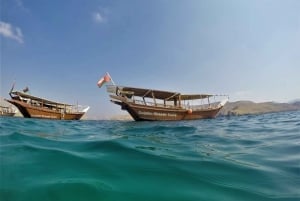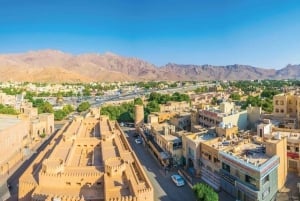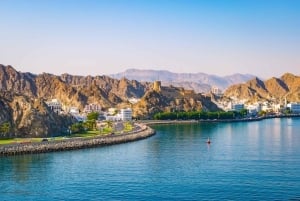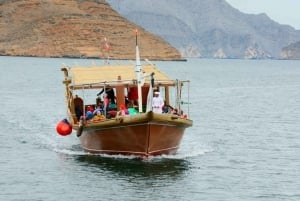Oman Regional Information
The Sultanate of Oman is situated in the south eastern quarter of the Arabian Peninsula and is bordered by The United Arab Emirates (UAE) to the north west, Saudi Arabia to the west and Yemen to the south west. Muscat is the capital city. Oman is divided into eleven governorates: Muscat, Dhofar, Musandum, Buraimi, Al Batinah North and South, A’ Dhahirah, A’ Dakliyah, A’ Sharqiya North and South and Al Wusta. These governorates is divided further into 61 districts called wilayats, which are headed by a district governor, known as a wali.
Oman’s geography is very varied and considered the most beautiful in the region. The area of land covered by Oman is 309,500 square kilometres, ranking it the third largest country in the peninsula. Vast stretches of sand and gravel plains lie alongside dramatic and jagged mountains while lagoons, salt flats and oases break up the expanse of the desert. Over 1700 km of coastline surrounds the land and can vary from the white sandy beaches of Tiwi to majestic fjords of Musandum. The Hajar Mountains are the largest range and Jebel Shams has the highest point at 3,004m. There are several islands of the coast of Oman, the largest being Masirah. Omani boarders contain part of the vast desert known as the Empty Quarter, along with Saudi Arabia and the UAE.
The climate is for the most part hot and sunny, with cooler times of the year and between different regions. October to April has the most pleasant temperatures from around 25C to 35C, dropping to around 18C at night. Humidity is also much lower in winter. Summer in the north of Oman can see temperatures reaching 49C in some months with 90% humidity to boot. Nights cool down to around 30C. Temperatures are higher In the Interior and much lower in the mountains. Snow has even been seen on the peaks! The southern Dhofar region experiences the Khareef season from June to September, with refreshing monsoon rains and high humidity during this time.
Arabic is the national language of Oman, but other languages are also widely spoken and English is predominantly used for business. Islam is the core religion but Oman displays a spirit of friendship and tolerance towards people of all nationalities and religions. Similarly, Oman maintains a position of non-alignment and non-interference in the affairs of other nations, but is however committed to Arab unity.
The population currently stands at about 2694,094 (2010 census), of which approximately 72.4% are Omani and 27.6% are expatriates. The population growth rate is 2 % and the average size of an Omani household is 8 members.
The system of government in Oman is one of absolute monarchy and hereditary through the great grandfather of the present ruler His Majesty Sultan Qaboos Bin Said, who came into power in 1970. His wise leadership and vision have helped to sculpt a nation which is able to hold onto its heritage while embracing the new technologies and forward thinking which will carry Oman successfully into the future.
Welcome to the Sultanate of Oman!











